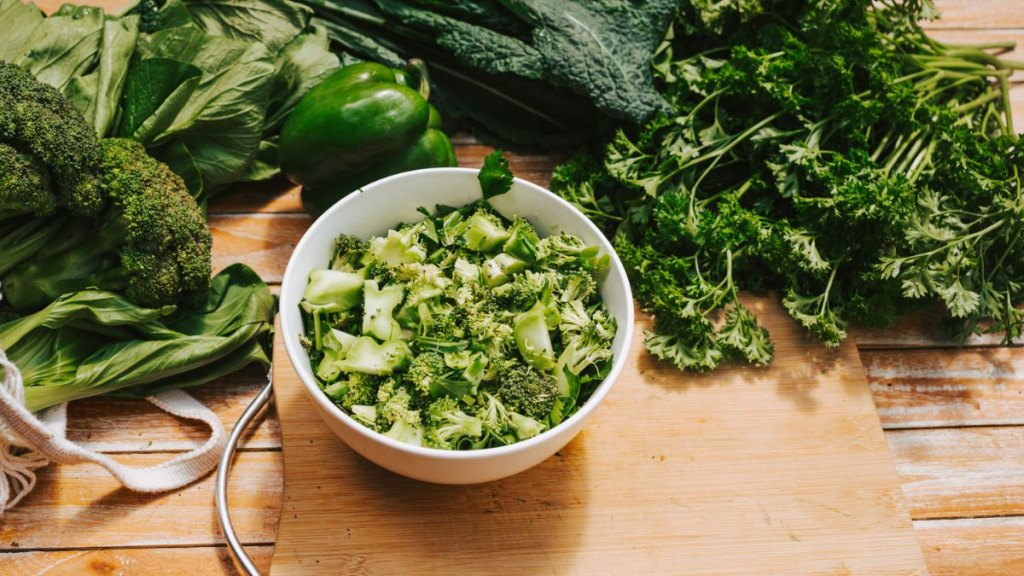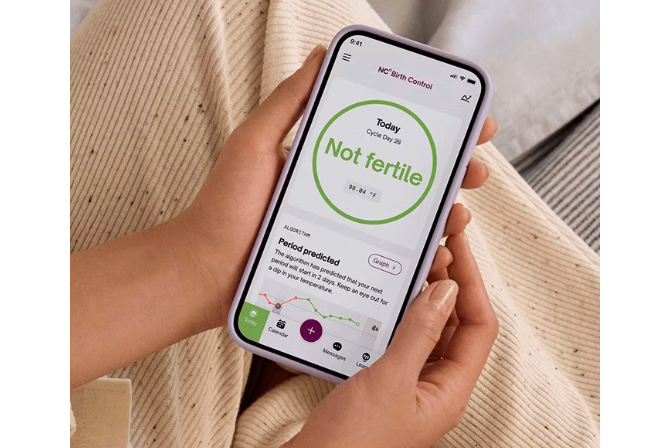Half a Cup of These Mighty Greens Crushes Your Heart Attack and Stroke Risk—Here’s the Power Move You’ve Been Missing!
Ever caught yourself sneaking a peek at your ticker’s “health report” and thinking, “Man, how do I keep this engine running smooth without turning into a heart-med headline?” You’re not alone on this worry train. Turns out, a solid 35 percent of Americans fret about having a heart attack, and nearly half are anxious for their family’s heart health too. But here’s the kicker—what if I told you that swapping a bag of chips for a humble plate of leafy greens might be the game changer your heart has been begging for? Yeah, those greens you might’ve overlooked at the grocery store could actually pack a punch loaded with vitamin K, which emerging research reveals can significantly slash risks of heart attacks and strokes, especially if you’re rocking the 70-plus club. It’s like your heart’s secret weapon hiding in plain sight—and no, you don’t need to buy into every flashy green supplement fad out there. Let’s dig into why your arteries might just start throwing a thank-you party the day you add more of these leafy powerhouses to your plate. LEARN MORE

Even without a family history, you may find yourself worried about reducing your risk of cardiovascular disease and the associated heart troubles that can come with it.. If the concern sounds familiar, it’s not just you. A Siemens Healthineers survey commissioned by YouGov found that 35 percent of Americans worry about having a heart attack and 49 percent worry someone in their family could. Fortunately, a new study shows that small actions—like eating more leafy greens for heart health—can make a big difference.
What the research shows about leafy greens for heart health
Leafy green vegetables are a great source of vitamin K, a nutrient that has powerful health benefits. In fact, a study released in July in the European Journal of Nutrition found that women over 70 who consumed around 120 mcg of vitamin K1 daily had a 29 percent lower risk of serious vascular events (such as heart attack and stroke) and a 43 percent lower risk of dying from atherosclerotic vascular disease (narrowing or hardening of the arteries that can lead to heart attack or stroke) over nearly 15 years.
“Vitamin K might help protect against atherosclerosis (also known as clogged arteries) by assisting in the prevention of vascular calcification, a process where calcium builds up on blood vessel walls, making them stiff and narrow,” says Geralyn Plomitallo, MS, RD, CDN, Stamford Health, Food and Nutrition Services, Clinical Nutrition Manager. “This is a key process in atherosclerosis, which can slow down blood flow and increase the risk of heart attacks or strokes. Reducing calcification helps maintain arterial flexibility, which lowers blood pressure and improves how blood vessels are working.”
In other words, vitamin K may be the standout heart-healthy nutrient your body has been craving. But how exactly should you get it?
Leafy greens with high levels of vitamin K
The study researchers noted that you can get 120 mcg of vitamin K1, the amount in the study, by eating about ½ cup cooked or 1 cup of raw leafy greens like spinach or kale each day.
“Heart-healthy foods that contain high amounts of vitamin K are leafy greens, including kale, spinach,
collard greens and mustard greens,” says Plomitallo. “The Dietary Guidelines for Americans 2020-2025 indicate that adults should consume 2.5 cups of vegetables per day if following a 2,000-calorie diet,” and leafy greens are a smart addition.
Do green supplements deliver the same benefits?
If you’ve spent any time on TikTok, you’ve likely seen influencers promoting green supplements as an easy way to get in your veggies for the day. But are green supplements really the cheaper, easier and healthier fix compared to fresh greens? In short, no.
“The best way to receive the benefits from leafy greens is to consume them as whole vegetables,” says Plomitallo. “Nutrition powders and superfood powders are classified as supplements and are not FDA-approved. The FDA does not evaluate the safety and effectiveness of dietary supplements. These supplements may contain some beneficial ingredients supporting a healthier gut, but they may also contain artificial flavors and additives and reduced nutritional value compared to whole vegetables.”
Despite marketing claims, green supplements are not necessarily a budget-friendly swap either.
“Eating leafy greens themselves is a cheaper (and healthier) option than getting them through powdered green supplements,” says Melanie Betz, MS, RD, CSR, Founder & CEO of The Kidney Dietitian in Chicago, IL. “Greens are one of the cheaper vegetables—an entire bunch of collard greens or kale is $1.79 at my local Kroger store! Plus, if you buy a powered greens supplement, you’ll still need to buy food. You might as well spend your money on healthy foods that give you fiber and vitamins such as vitamin K.”
5 leafy greens for heart health
Not sure where to get started? Betz shares some of her favorite picks:
Spinach
“I love spinach because it is so versatile and accessible,” says Betz. “It is delicious raw, sauteed by itself (try adding some fresh garlic!) or mixed into cooked dishes like quiche, casseroles or pasta. One cup of raw spinach has over 100 percent of your daily vitamin K needs and about 20 percent of your daily iron needs. Spinach is a great option to get in that iron for vegetarians.”
Note: “As a kidney stone dietitian, I would be remiss if I didn’t mention that spinach is incredibly high in oxalate,” which may increase the risk of kidney stones in some people, says Betz. “Like any food, it’s important to eat a variety of different vegetables in a healthy, well-balanced diet. Oxalate is really only a problem when people eat a ton of very high-oxalate foods, like spinach, outside of a well-balanced diet. Most people with oxalate kidney stones can enjoy higher oxalate foods as long as they also consume enough calcium.”
Collard greens
“These really don’t get the credit they deserve!” says Betz. “They have a lighter flavor than spinach and are a nutritional powerhouse. Just ½ cup of cooked collard greens has more than 400 percent of your daily vitamin K needs and is especially high in fiber at 5 grams per cup. Traditionally, they are boiled with smoked and salty pork or turkey, which adds a ton of delicious flavor. They can also be prepared with a simple sautee or eaten raw. I recommend shredding them, which helps with the tough texture.”
Bok choy
“Bok choy is another underutilized and forgotten about leafy green vegetable on many American tables,” says Betz. “I love it because it is unique and adds variety to your green veggie routine. It is delicious in a stir fry, boiled in soup or even grilled. Adding a little sesame oil adds a ton of flavor and helps your body absorb vitamin K, along with all the other fat-soluble vitamins you might be eating such as vitamins A, D and E.”
Arugula
“Arugula is my go-to salad green,” says Betz. “I love the bitter, peppery taste and 1 cup has about 90 percent of your daily vitamin K needs. I also love to top omelets or avocado toast with a little sauteed or wilted arugula.”
Kale
“Kale is another great green leafy vegetable because it is so versatile,” says Betz. “It is great as a salad—just make sure to ‘massage’ it with some salt first so it isn’t so tough—or cooked into casseroles, pasta or as a simple side dish. Kale chips are another great way to enjoy this hearty green vegetable.”
The bottom line on leafy greens for heart health
“At the end of the day, I don’t care if you eat an entire cup of a specific vegetable,” says Betz. “Instead, I care more about the total amount of all vegetables you eat throughout the day and that they come from a variety of sources. This helps make sure you get a full profile of nutrients. Most people should eat a minimum of five servings of total fruits and vegetables each day. One cup of any raw fruit or vegetable (or a 1/2 cup cooked/canned) counts as a serving.”



















Post Comment